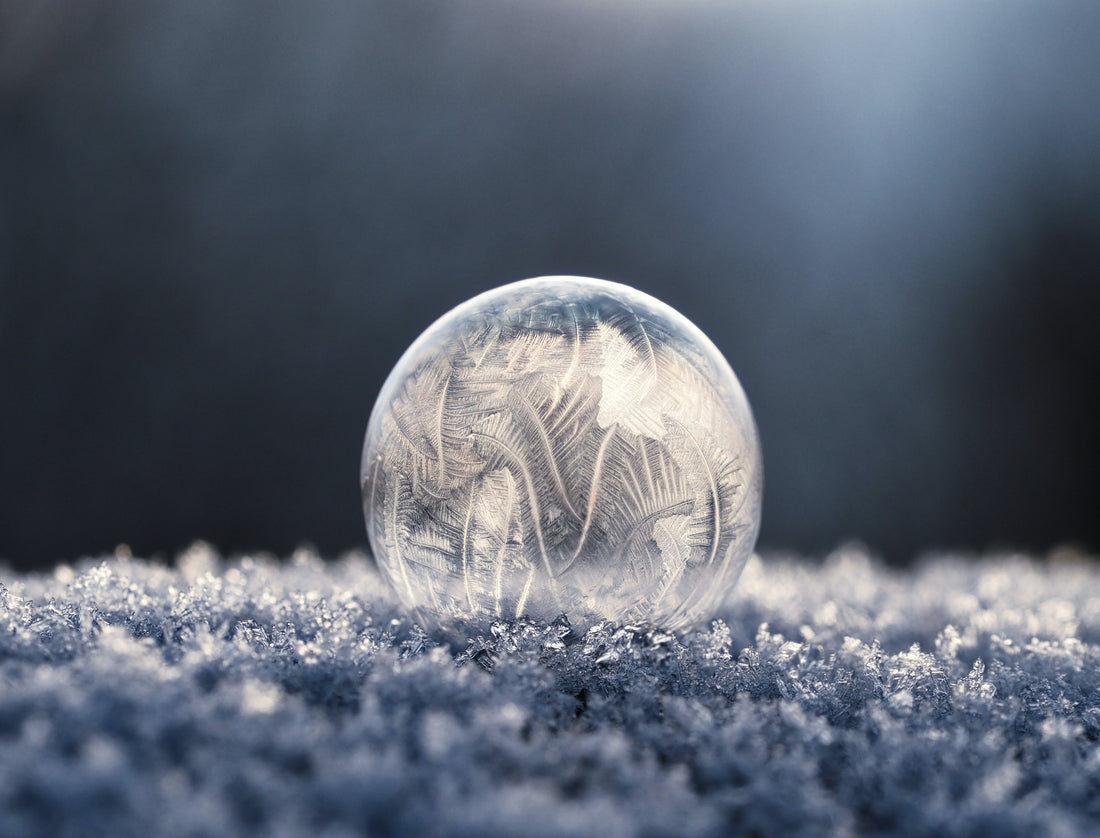Ice baths, also known as cold plunges, are a popular new trend for athletes and fitness enthusiasts alike. They’re known for their numerous health benefits in recovery and overall well-being. A major element in creating the best ice bath experience is the use of a water chiller. In this article, we’ll explain what a water chiller for ice baths is and some key considerations to help you choose the ideal chiller for you.
What is a Water Chiller for Ice Baths?
A water chiller is a device that helps maintain the desired temperature of the water in an ice bath. It uses a consistent and controlled cooling process, allowing you to achieve the optimal temperature range for your ice bath. There are two main types of water chillers commonly used for ice baths:
Air-Cooled Chiller
This chiller uses ambient air to cool the refrigerant inside the system. It’s a popular choice due to its ease of installation and lower water consumption.
Water-Cooled Chiller
In contrast, this chiller utilizes a separate water loop to dissipate heat and maintain the desired temperature. It requires a water source for efficient operation.
How Does a Water Chiller Work?
Water chillers operate by circulating a refrigerant through different components. First, a compressor raises the temperature and pressure of the refrigerant gas. Then, the refrigerant releases heat and cools down in the condenser.
Next, it passes through the expansion valve, where its pressure decreases and further cooling occurs. Finally, in the evaporator, the refrigerant absorbs heat from the water in the ice bath, reducing its temperature.
Considerations When Choosing a Water Chiller
When selecting a water chiller for your ice bath, several factors should be taken into account to make sure you have an enjoyable cold plunge experience. Here are some key considerations:
Quality Design
Choose a water chiller from a reputable manufacturer known for producing high-quality and reliable equipment.
Size
Consider the size of your ice bath and the number of users you expect to serve simultaneously. Ensure that the chiller's cooling capacity is sufficient to maintain the desired temperature even during peak usage periods.
Cooling Capacity
The chiller should have adequate cooling capacity to achieve and sustain the desired temperature range in your ice bath.
Temperature Control
Look for a chiller with precise temperature control and a user-friendly interface, allowing you to monitor and adjust the water temperature easily.
Power Requirements
Check the power requirements of the chiller and ensure it aligns with the electrical infrastructure of your facility.
Noise Level
Consider the noise level produced by the chiller, especially if your ice bath area requires a quiet environment for relaxation and focus.
Heat Exchanger
The heat exchanger is a critical component of a chiller. Opt for a chiller with an efficient and durable heat exchanger for optimal heat transfer and energy efficiency.
Maintenance
Select a chiller with accessible components and straightforward maintenance procedures to minimize downtime and ensure smooth operation.
Warranty
Choose a chiller backed by a comprehensive warranty and reliable customer support to address any potential issues promptly.
Can Water Chillers Be Used in Winter?
Yes, water chillers can still be used effectively in winter. While the air temperature may be colder, water chillers are designed to maintain the desired water temperature regardless of external conditions.
However, it's worth considering the additional insulation requirements and challenges associated with operating water chillers in winter.
How Cold Should Your Ice Bath Be?
The optimal temperature range for an ice bath typically falls between 50 and 59 degrees Fahrenheit (10-15 degrees Celsius). However, individual preferences and cold tolerance vary. We suggest you find a temperature that’s comfortable and effective for you. Start with a slightly higher temperature and gradually decrease it over time as your body becomes accustomed to the cold.
Benefits of Ice Baths
Ice baths offer a range of health benefits for both physical and mental well-being. Here are some key advantages:
Physical Benefits
Firstly, they can help reduce inflammation in the body, aiding in post-workout recovery and managing injuries. Additionally, the cold temperature of ice baths constricts blood vessels, leading to improved circulation and decreased swelling.
Ice baths also provide pain relief by numbing sore muscles and joints while reducing inflammation. Moreover, cold-water immersion has been found to enhance immune function, potentially lowering the risk of illness.
Mental Benefits
Ice baths also contribute to mental well-being. The shock of cold water stimulates the release of endorphins, which can boost mood and renew your energy. Furthermore, ice baths have a calming effect on the nervous system, promoting stress reduction and relaxation.
Regular exposure to cold water can enhance the body's resilience by improving its ability to adapt to stress. Lastly, cold water immersion has been associated with improved mental clarity and focus, thereby enhancing cognitive performance.
Conclusion: Water Chiller for Ice Baths
In conclusion, using a water chiller for ice baths can provide numerous benefits for your well-being. Ice baths offer physical advantages such as reduced inflammation, improved circulation, pain relief, and enhanced immunity.
By using the power of cold water immersion, you can optimize your workout recovery, well-being, and performance. Learn more about cold immersion and cold tubs on our blog.

